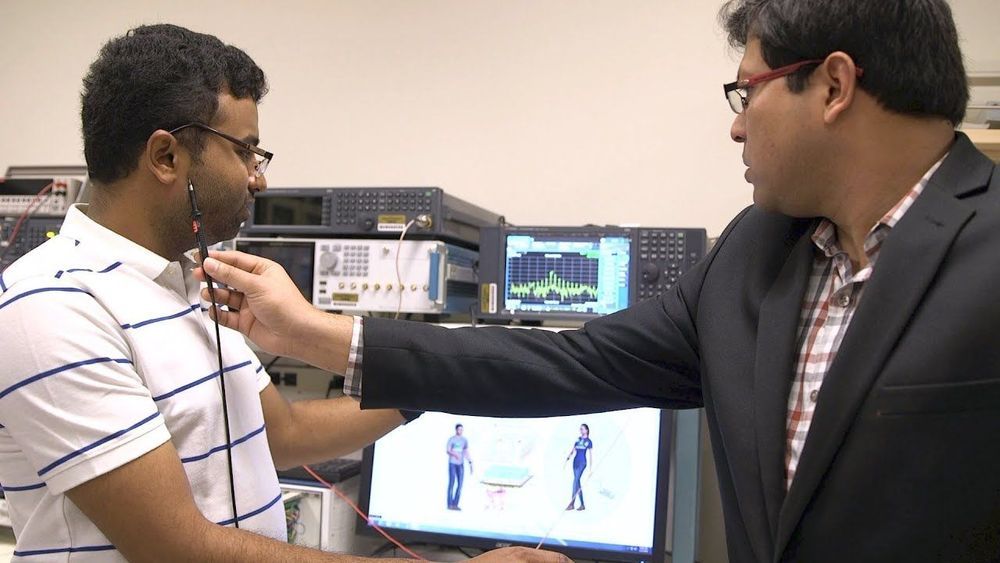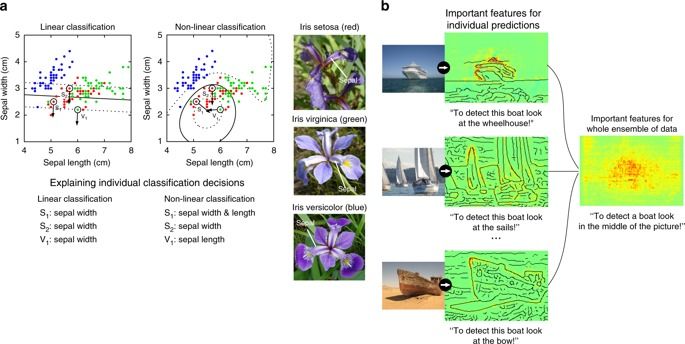Will the new series make stars of our friends in the plant kingdom?



Someone could hack into your pacemaker or insulin pump and potentially kill you, just by intercepting and analyzing wireless signals. This hasn’t happened in real life yet, but researchers have been demonstrating for at least a decade that it’s possible.
Before the first crime happens, Purdue University engineers have tightened security on the “internet of body.” Now, the network you didn’t know you had is only accessible by you and your devices, thanks to technology that keeps communication signals within the body itself.
The work appears in the journal Scientific Reports. Study authors include Shreyas Sen, an assistant professor of electrical and computer engineering at Purdue, and his students, Debayan Das, Shovan Maity and Baibhab Chatterjee.



Scientists have known for a century that viruses attack and sometimes kill bacteria, much the way humans come down with the flu. But only recently have they begun to understand the biochemistry that happens as bacteria and virus strive for competitive advantage, with far-reaching implications for medicine and more.
Researchers explain how viruses make a molecular decoy that is used to subvert the CRISPR-Cas bacterial immune system.


Is your AI intelligent or just looking like it’s intelligent? In many ways, this depends on your idea of AI and what it is supposed to do. Scientists at Singapore University of Technology and Design have worked out a way to check for the issue. Open Access Journal: https://www.nature.com/articles/s41467-019-08987-4
Current learning machines have successfully solved hard application problems, reaching high accuracy and displaying seemingly intelligent behavior. Here we apply recent techniques for explaining decisions of state-of-the-art learning machines and analyze various tasks from computer vision and arcade games. This showcases a spectrum of problem-solving behaviors ranging from naive and short-sighted, to well-informed and strategic. We observe that standard performance evaluation metrics can be oblivious to distinguishing these diverse problem solving behaviors. Furthermore, we propose our semi-automated Spectral Relevance Analysis that provides a practically effective way of characterizing and validating the behavior of nonlinear learning machines. This helps to assess whether a learned model indeed delivers reliably for the problem that it was conceived for. Furthermore, our work intends to add a voice of caution to the ongoing excitement about machine intelligence and pledges to evaluate and judge some of these recent successes in a more nuanced manner.


